CYCLING for leisure became very popular in late Victorian times and it led to a change in the clothes that were worn, particularly for women.
Continuing on from the story on the Peeps page last week about the cycling craze on Surrey’s roads and Ripley being a favourite destination at weekends, for women, riding in a long skirt was certainly difficult.
The Rational Dress Society was founded in London in 1881 “to promote the adoption, according to individual taste and convenience, of a style of dress based upon considerations of health, comfort, and beauty”. Clothes of these styles became known as rational dress.
The society promoted knickerbocker suits for female cyclists and the society’s president, Viscountess Harberton (1843-1911), was also a keen cyclist and wore the said clothing.
In 1898, while cycling in Surrey, she was refused luncheon in the coffee room at the Hautboy Hotel in Ockham because of the rational dress clothes she was wearing.
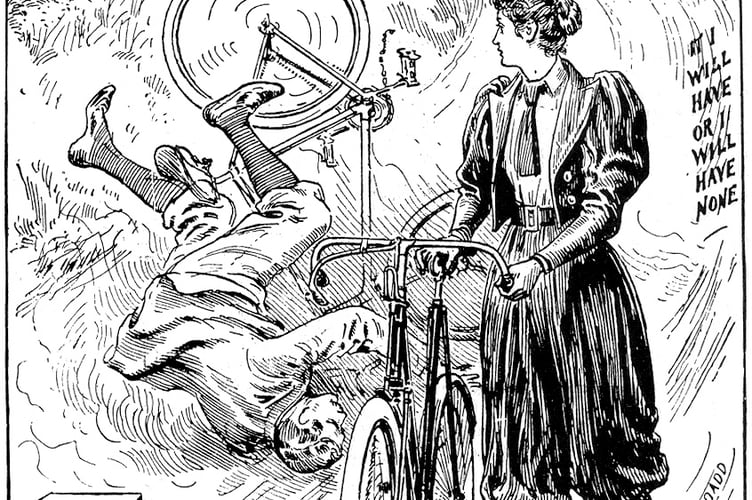
The story became national news in April 1899 when the Cyclists Touring Club took the landlady and proprietor of the Hautboy Hotel, Martha Jane Sprague, to court in Kingston upon Thames.
The club was challenging Mrs Sprange’s right to refuse admission to a part of a licensed establishment. The News & Mail’s edition of April 6 1899 also reported the court case.
The court heard that Lady Harberton had arrived at the Hautboy Hotel on October 27 1898 and asked for luncheon. However, on seeing she was in rational dress, Mrs Sprague refused admission to the ordinary dining room and coffee room and directed her into the bar parlour, where three “working” men were drinking and smoking.
In giving her evidence, Lady Harberton said she was a member of the Cyclists Touring Club and when she cycled she invariably wore rational dress.
She said that when she asked for some luncheon Mrs Sprang replied: “I don’t admit people in that dress to my hotel or my coffee room.”
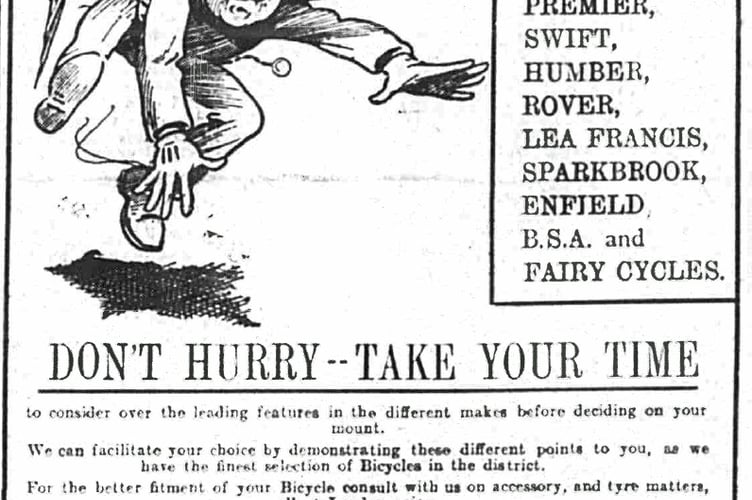
Lady Harberton told the court she expected to be served on the Cyclists Touring Club’s terms and showed her club badge. But the landlady said she must go to another room on the other side of the bar, but she would rather she went away.
The landlady took Lady Harberton through a bar where there were a whole row of working-men drinking, and into a room known as the bar parlour in which several men were smoking and drinking.
Lady Harberton told the court the landlady said to her: “That’s the only room I am bound to give you, and it’s all you’ll get.”
As the room smelt so strongly of spirits and smoke, Lady Harberton felt she could not stay in that room. She complained but to no avail, left the Hautboy Hotel and went to the White Lion at Cobham and bought luncheon there.
Under cross-examination, Lady Herbert was asked if she knew about the Cyclists Touring Club sending out “test cases” to landlords to see if they would refuse customers wearing rational dress. She said she had heard of the term, but hers was not a test case.
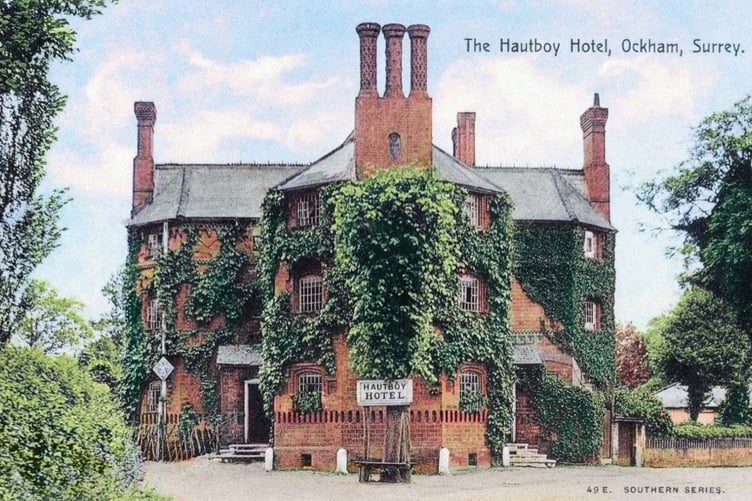
Within her evidence, Mrs Sprange said the bar parlour was frequently used for luncheons. Also giving evidence was the chairman of Ockham Parish Council, who said he had seen ladies taking tea in the bar parlour.
The landlady of the Hautboy Hotel had no case to answer, as she had offered to provide alternative accommodation which was declined. A verdict of not guilty was announced, to which there was considerable applause in the courtroom.
The Hautboy was built in 1864 by William King, 1st Earl of Lovelace, who was the landowner and architect. It became a hotel in 1895 and was well known for its “Chapel Hall” on the first floor. It closed in 2007 and has been renovated into seven residential units and is a Grade II listed building.
My thanks to Mark Coxhead for his research.
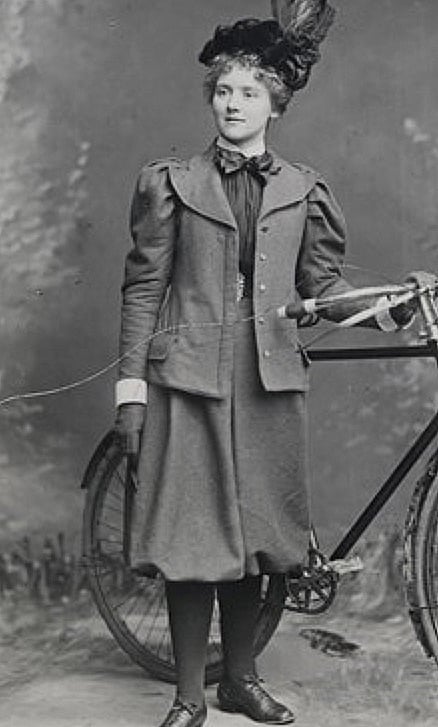

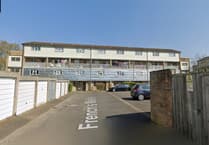


Comments
This article has no comments yet. Be the first to leave a comment.